Which LED lighting for the garage?
- Posted on
- By INTOLED
- 0

What kind of lighting should you choose for your garage? It depends, of course, on what you do in the garage. Is the car parked there? Or do you use it mainly as a storage area? Do you use it every day or only sporadically? In this article we will take you through the different lighting options for different uses of the garage.
Garage lighting ideas
The garage is often a place where little or no natural light enters.
There are no windows in a garage, and if you have a door, it is only open when you want to enter or leave the garage. So you may need a little more lighting than in rooms with windows.
Reason enough to make sure you get enough light in the garage.
What are the requirements for garage lighting? How much does garage lighting cost? And how do you install garage lighting?
Enough questions, time for an answer!
Let's start by looking at the different applications for the garage. We can divide garage applications into roughly 3 different categories:
- DIY or hobby
- Storage
- Parking
There are also many people who have converted the garage into a place to work or study, or who have turned the garage into a sort of home bar. We will leave these applications aside for now, as they do not require special garage lighting. If you have turned the garage into a music studio, then you will use lighting appropriate for a music studio, not a garage.
Since every garage application requires a different lighting plan, we will look at each section to see what choices are available if you use the garage for hobbies, storage or parking. In this way we hope to give everyone the right advice. If your application is not listed, please do not hesitate to contact us. You will find our contact details at the bottom of the page. You can contact us by email, phone or WhatsApp. We are happy to help!
LED lighting in the garage
A big advantage of LED lighting over traditional lighting is, of course, that LED lighting is many times more economical than any other type of lighting. Another good thing is that an LED light in the garage does not get hot. So, especially in a place like the garage, you do not run the risk of burning yourself on glowing lights while working in the garage. See all our garage lights here.
How many lumens do I need in my garage?
Make sure you have a bright basic light of at least 500 lumens. Lumen is the unit used to measure how much light a light source produces. This can be very bright or dim. Read all about lumens and advice on how many lumens per room here.
As mentioned above, you should aim for at least 500 lumens for basic lighting in the garage. This is lighting that illuminates the whole room at once. This lighting is often placed on the main switch.
Also make sure you have enough light points. If you use several light points, you are less likely to suffer from shadows. Shadows can be very annoying when you are looking for something in the garage, or when you use the garage as a workshop or for hobbies. In general, you use a garage mainly for practical things, so you want to be able to see well.
Which light colour for the garage?
Light colour is also known as colour temperature. This tells you something about the colour of the light. Of course, light is not directly green or pink, unless you use intelligent lighting, but white light can have many different shades. There is warm white, like the light from a candle, but there is also daylight white or, for example, the cool white light used in hospitals and dentists' surgeries. In the garage, where you will mainly be working, parking or storing, you will quickly choose lighting with a cool light colour of 4000K or 6500K.
It is also important that the lighting has a high CRI. The CRI is a measure of colour rendering. Do you know how in a clothes shop you have to go to the window to see the colour of the garment in daylight? Daylight gives the highest possible CRI. In the garage, you want your functional lighting to be close to that. Last but not least, make sure the UGR value is not too (high). UGR is the glare factor of the lighting. You want good light, but you don't want to be blinded by it when, for example, you look into the lamp while doing odd jobs. The lower the UGR, the better for your eyes.
What lighting in the garage?
There are many different types of lighting suitable for the garage. Here are the most common options
LED panels
There are many different types of lighting. For example, you can choose LED panels, which are often used in office buildings and workplaces. An LED panel is a square or rectangular panel that emits light across its entire surface. An LED panel is easy to install in a suspended ceiling. A system ceiling is a ceiling with a grid made of, for example, aluminium, in which individual panels made of plaster or other lightweight material lie.
You can easily lift a panel from the ceiling and replace it with an LED panel. Because a suspended ceiling is not solid, you can connect the LED panel very neatly and invisibly, and hide the wiring above the ceiling where no one can see it. If you want to hang an LED panel in your garage or shed, you do not need a suspended ceiling.
You don't need to install a false ceiling in the shed either, that would be a bit much. We offer special mounting frames that you can attach to a normal ceiling. You can then place the panel in this frame. Take a look at our LED panels and matching surface-mounted frames. Also new are our panels with a built-in mounting frame. This makes installation even easier.
Fluorescent lighting
Fluorescent lighting is actually very old-fashioned and outdated. Fluorescent stands for tube light and, like an energy saving light bulb, it is a form of fluorescent lighting. Fluorescent lighting is a type of lighting that produces light by heating or burning gases.
Burning gases releases a type of light that is converted into the light we can use. Fluorescent lighting was a more sustainable form of incandescent lighting at the time of its invention, but today LED lighting is many times more economical than fluorescent lighting. In fact, the old-fashioned fluorescent tube will be banned from sale from 1 September 2021. Fortunately, there is a wide choice of LED fluorescent lamps to replace them.
Lighting for the same purpose, but much more economical and without the drawbacks of the old-fashioned fluorescent tube. Old-fashioned fluorescent lighting actually flickers when you switch it on. When you switch it on, it takes a while for the tube to produce full light. Also, an old fluorescent tube contains mercury, which is a toxic material and therefore not very pleasant for people or the environment. Older fluorescent lighting is also very fragile. This is because the tubes are made of glass, which makes them very fragile. New forms of fluorescent lighting are made of strong plastic and aluminium.
Finally, perhaps the most important disadvantage of the old-fashioned fluorescent tube is that it uses a lot of energy. Technology has not stood still and replacing an old-fashioned fluorescent tube with an LED fluorescent tube can save up to 70-85%. That's quite a saving!
LED fluorescent tubes come in many different shapes and sizes. There are different colours of light, of course, but also different lengths and shapes. You can opt for a fluorescent fixture where two LED fluorescent tubes fit side by side, or LED fluorescent lighting that you can link together. This way you can switch multiple lights on and off at the touch of a button. It's nice not having to press 10 different light switches to see something in the garage.
Another form of LED fluorescent lighting is the LED strip. This is a complete lamp, because whereas with fluorescent lighting you need a fluorescent lamp (the holder) and a fluorescent tube (the light source itself), with LED battens a light source is built right in. So you don't need to buy it separately.
If you want to replace an old fluorescent tube with a new energy-efficient LED fluorescent tube, check the products to see which light colour matches the old colour of the fluorescent tube. For example, an old-fashioned 830 tube is now 3000K, an 840 tube is now 4000K and an older 860 tube is now 6000K.
You also need to pay attention to fittings. For example, the old-fashioned G5 fitting is now T5, and for the old-fashioned G13 fitting you can buy LED fluorescent tubes with a new T8 fitting.
How to install garage lighting?
Make sure the lighting can take a beating. Imagine doing odd jobs and bumping into the lights. It would be a shame if the lighting broke immediately. It is a good idea to choose a luminaire with a closed shade, for example.
That way you don't have to worry about bumps or other accidents. This is also expressed in the IK value, which tells you how well the luminaire can withstand a bump.
Do you always work in the garage and do a lot of DIY? Is there a risk of objects hitting the ceiling and your lighting? Then choose a high IK value.
It is also important that the lighting can withstand dust. This may not be the first thing you think of, but you have probably seen cobwebs and other small pests. These like to find nice, sheltered places, such as luminaires. Choose an IP rating of at least IP44 to ensure that dust does not cause the lights to fail.
Motion sensor or not?
Lighting with a motion sensor is also a good option. Especially if you use the garage to park the car, it is very convenient to have the lights come on when you drive into the garage. If you use the garage mainly as a storage area and only go in occasionally to fetch something, a motion sensor can also work very well.
Especially if you often need to get something out of the garage, you don't need to keep switching the lights on and off with your hands full. A motion sensor is less useful if you use the garage as a workshop or for hobbies. You'll want a light that stays on when you're sitting still and concentrating for a while.
How much does garage lighting cost?
There are many different options for garage lighting. So there's a solution for every budget, and that's a good thing. You can buy fluorescent lighting from as little as €5.85 and an LED panel from as little as €16.95. Want more tips and help from our experts? Contact us via customer services, we're here to help!

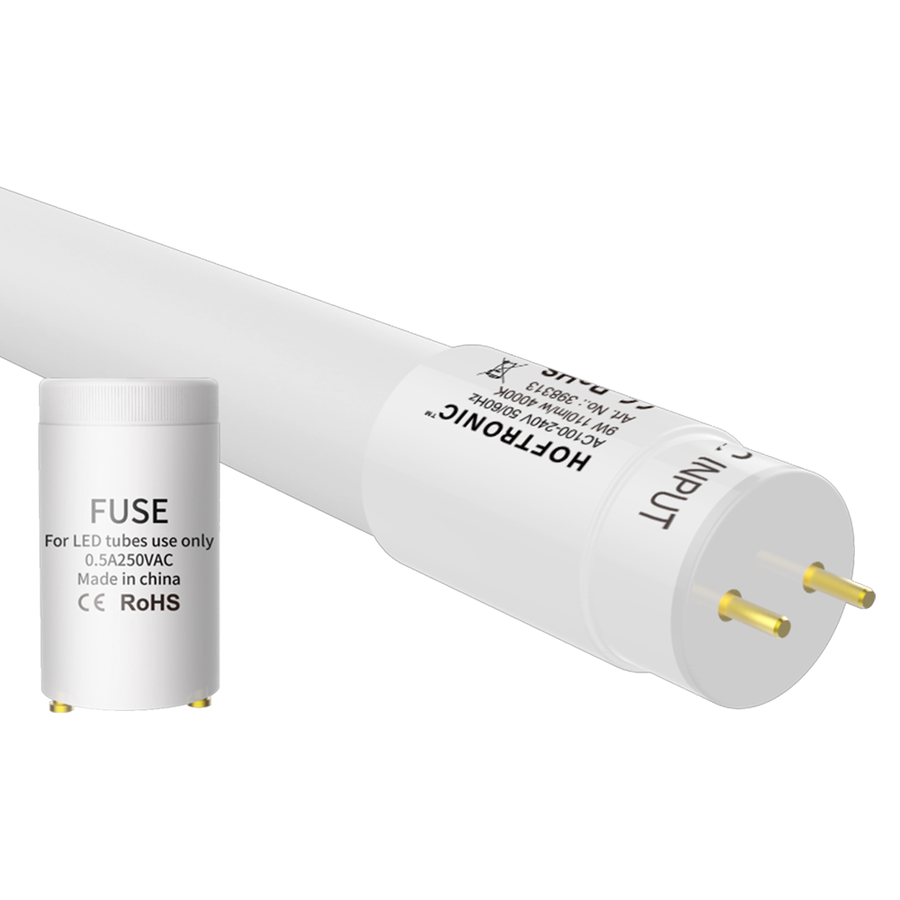
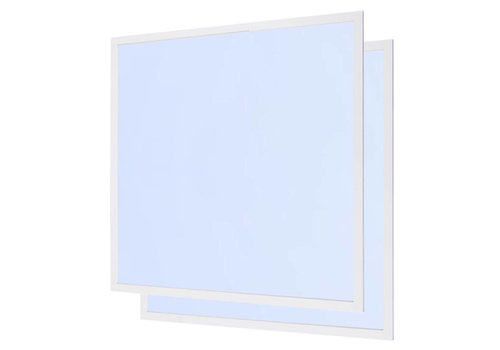
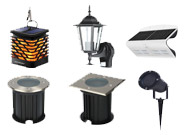
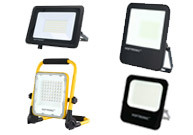

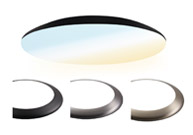
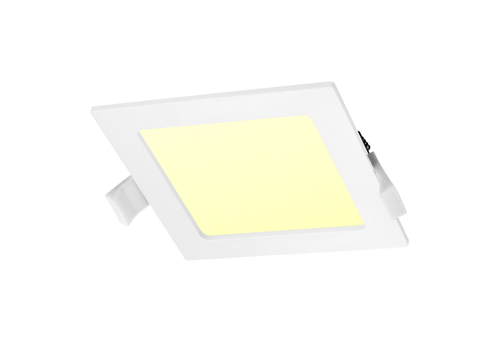


Comments
Be the first to comment...